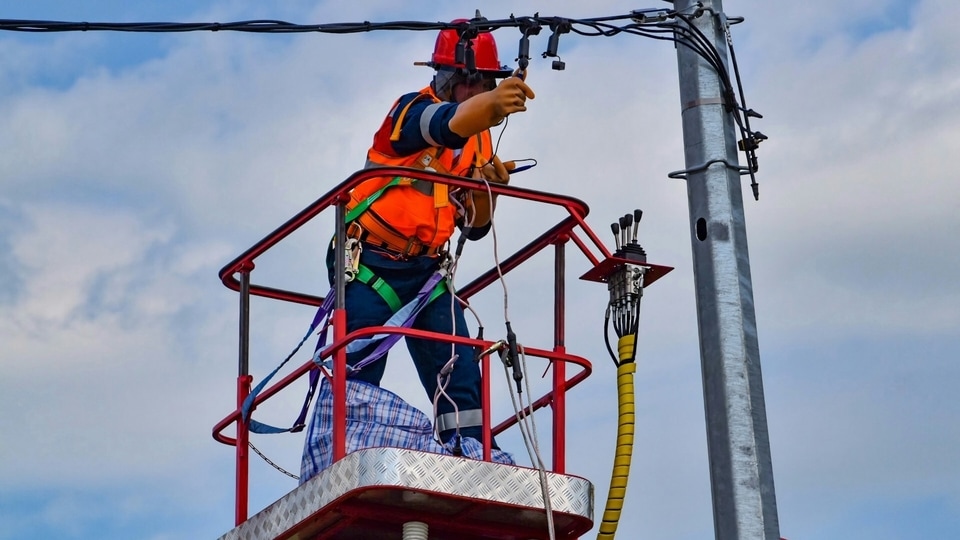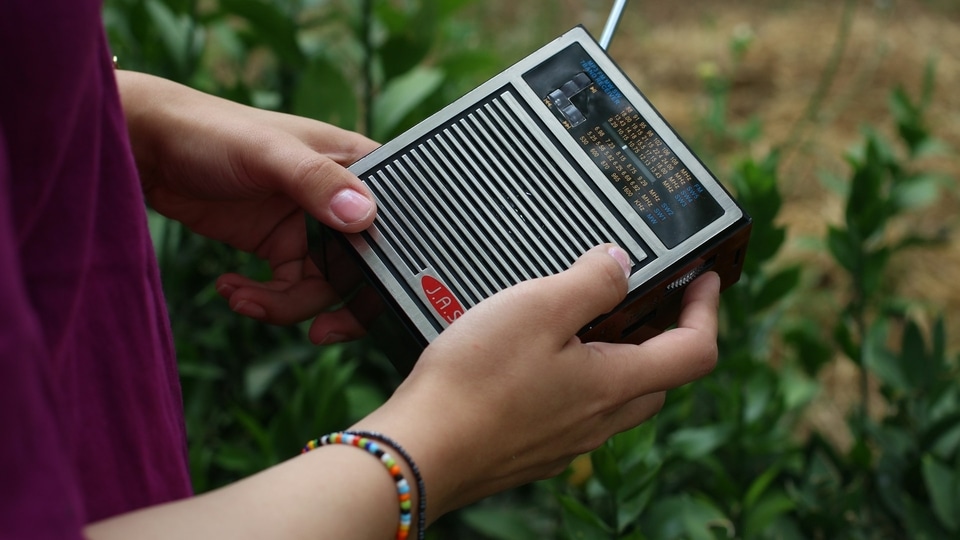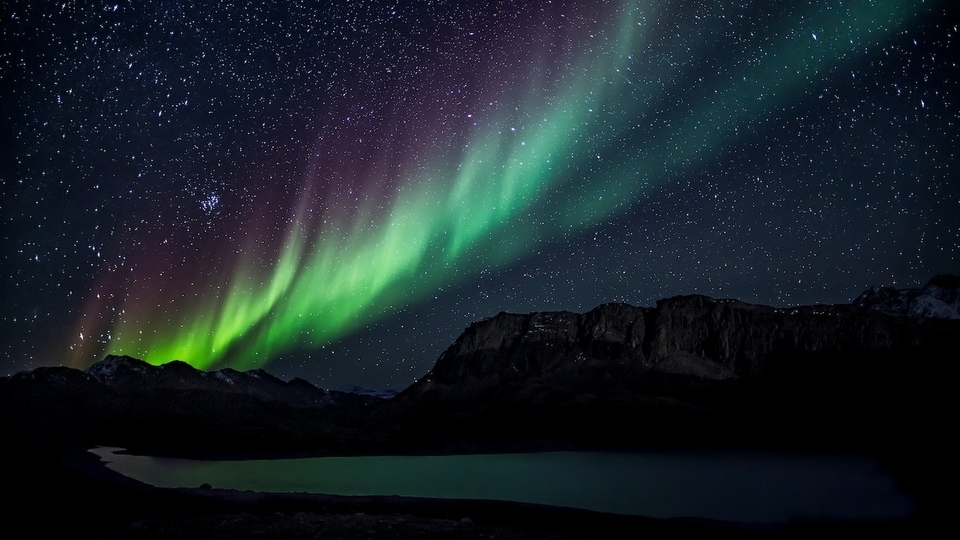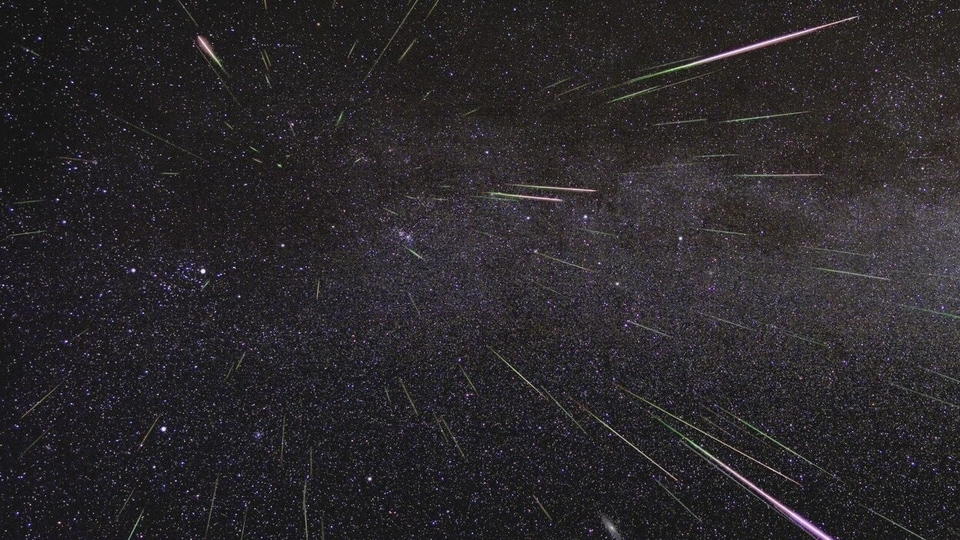Rare conjunction on April 8! Devil Comet to coincide with total solar eclipse, promising a celestial spectacle
Get ready for a celestial show! The 'Devil Comet' will dazzle alongside a total solar eclipse on April 8, promising a rare astronomical spectacle that may mesmerize viewers.






 View all Images
View all ImagesIn a cosmic ballet set to mesmerise skygazers, Comet 12P/Pons-Brooks, fondly dubbed the "Devil Comet," is poised for an extraordinary rendezvous with the Great North American Total Solar Eclipse on April 8. While enthusiasts anticipate the prospect of witnessing this extraordinary alignment, uncertainty shrouds whether the comet will unveil itself to the naked eye amidst the daytime eclipse.
The Journey of the "Devil Comet”
Dubbed a "dirty snowball" by the late Harvard astronomer Fred Whipple, Comet 12P/Pons-Brooks is currently journeying through our celestial neighbourhood, reaching perihelion- its closest proximity to the Sun- on April 21, likely marking its peak brightness, before making its closest approach to Earth on June 2. Illuminated by the Sun's warmth, Pons-Brooks is progressively evolving into a captivating spectacle, offering a visual feast for stargazers and astrophotographers alike, according to NASA.
Also read: Meta Platforms, Microsoft, X corp band together against Apple's app store plans
Comet Pons-Brooks Capricious Nature
Experiencing several outbursts since its first notable tantrum on July 20, 2023, Comet Pons-Brooks has garnered attention, including a recent outburst on March 1, shaping its distinct horn-like appearance and earning it the moniker "Devil Comet." As postdoctoral fellow Ariel Graykowski from the SETI Institute notes, these peculiar shapes are likely a result of the nucleus casting shadows on the comet's fuzzy coma.
Tips for Observers
Excitement mounts as Pons-Brooks gears up for heightened activity in the weeks ahead, potentially reaching a maximum brightness magnitude of around 4.0, though spotting it with the naked eye may require optimal viewing conditions and sky awareness. Observers in the Northern Hemisphere can currently glimpse Pons-Brooks within the Pisces constellation during early evening hours, with its visibility expected to persist until early May, especially around perihelion.
Also read: NASA's Messenger mission findings indicate presence of ice on Mercury! Check surprising facts
A Dual Celestial Show
According to NASA, the total solar eclipse on April 8 offers a tantalizing opportunity to witness a dual celestial spectacle. While capturing Pons-Brooks alongside the eclipsed Sun poses a challenge, astrophotographers may seize the chance if equipped with the necessary skills and amidst sufficiently darkened skies. As Graykowski advises, while viewing the eclipse, binoculars or telescopes may be necessary to spot the comet, though its visibility during totality remains uncertain, contingent upon exceptionally dark conditions.
One more thing! We are now on WhatsApp Channels! Follow us there so you never miss any update from the world of technology. To follow the HT Tech channel on WhatsApp, click here to join now!
Catch all the Latest Tech News, Mobile News, Laptop News, Gaming news, Wearables News , How To News, also keep up with us on Whatsapp channel,Twitter, Facebook, Google News, and Instagram. For our latest videos, subscribe to our YouTube channel.


























